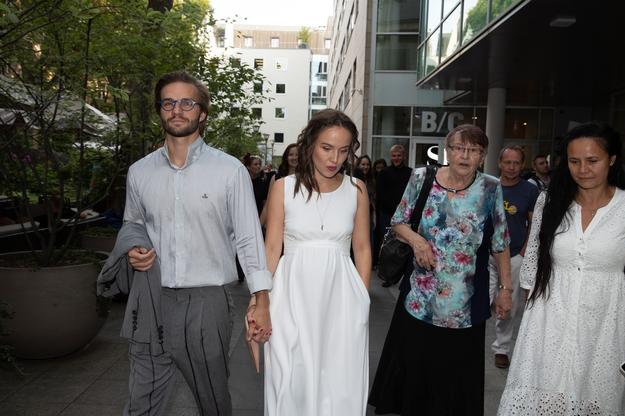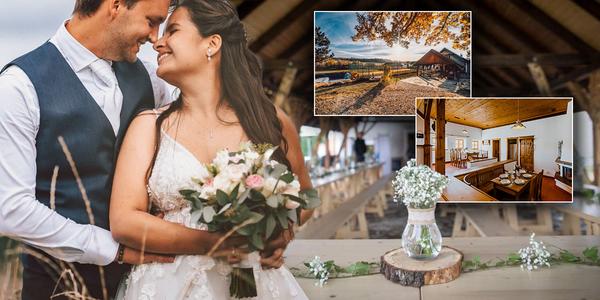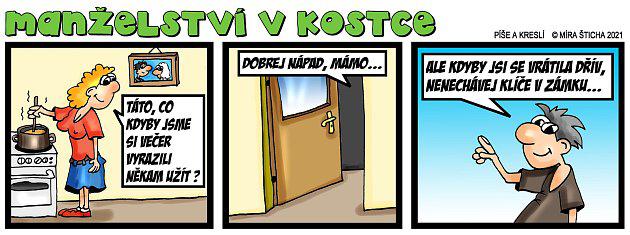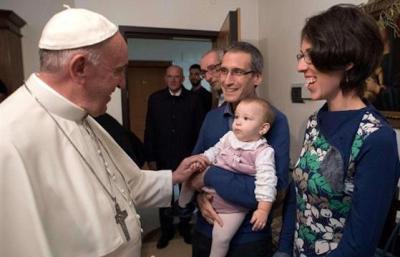The traveling exhibition has arrived in Pilsen, it tells the story of forced laborers in Norway<
"Dad graduated in the summer of 1942 and went to Norway in the fall. Materials from the Norwegian archive show that he got there in the first third of December. He was there for three years until 1945 when the war ended. But he did not return home until autumn. He told me that it was so late because the sea was mined, they didn't want to take any chances. They only came back when the mines were cleared," recalls Jan Kreysa the younger.
He answered the call associated with the exhibition Sent to the North: Czechs for forced labor in Norway during the Second World War. It can currently be seen in the Study and Science Library of the Pilsen Region in Pilsen. It belongs to a project organized by the Faculty of Arts of Charles University.
“When I saw the call for descendants of conscripts in Norway, I responded immediately. I also brought some materials in the form of photos and documents," said Jan Kreysa.
His father talked about his forced stay in the north quite often. Although he lived through rough times here, he did not remember Norway in a bad way.
Hard work for burly guys
“They worked on coastal fortifications, in quarries, in the forest. Stone was mined in that area. And also wood that was taken to areas where there were no forests. It was hard work. Dad was a well-built guy from a peasant family, just such people were chosen for Norway. Another gentleman left our village, he and dad returned together," adds Kreysa.
The workers in Norway were not well taken care of. “Dad said they often enjoyed being hungry. They didn't get much food. They said they were able to deal with each other. He told, for example, that when they were unloading the ship, where there were sacks of potatoes, they tore some of them and took a few potatoes. The conditions were not the best, but not the worst either," he says.
Czechs as civilian workers lived in camps, but not behind barbed wire. They could move freely. It was worse for the Russian prisoners, who also had to work in Norway. "Dad said that they had to watch how one refugee, he was probably Russian, was hitched to a car and dragged to his death. So he also experienced tragic moments there. But they did not concern the Czechs," he adds.
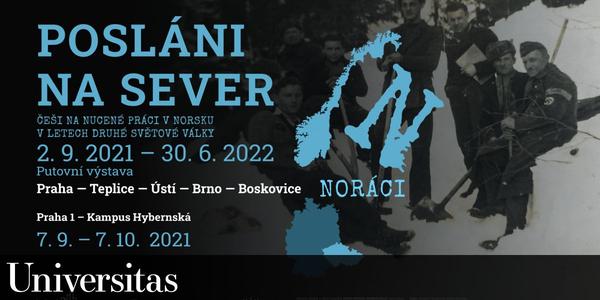
After his father, who died at the age of eighty-three in 2004, he was also left with some artifacts connected to Norway. These include, for example, a knife made of reindeer antler or a dog tag that they were forced to wear around their necks. The original suitcase that he had with him for three whole years was also preserved.
Dad learned to ski in Norway
"It is also interesting that Dad learned to ski in Norway. We were four kids and when he came back we all had to learn. This includes my and my brother's partners and my sisters' partners. Otherwise, they weren't allowed into the family," he says with a smile.
Jan Kreysa was one of the few Norwegians, as those forced to deploy in Norway called themselves, who returned to the north of Europe after World War II. And directly to the Mo i Rana area, where he once worked.
“It was in the nineties. I traveled quite a lot back then. I also looked into Norway. I visited a friend of my father's who immigrated to Norway in 1968. He told me that he needed someone to redo his roof. And so, after two years, my father and I returned there and helped him. Dad could thus once again visit the places where he stayed during the war," he adds.
“Jan Kreysa was one of the representatives of the year 1921, which was the first to be completely drafted. Previously, selected Czechs, especially the unemployed, went to forced labor. But there was not enough manpower, so everyone had to leave," said Vendula V. Hingarová from the Faculty of Arts of Charles University, who is working on the Noráci project.
The chapter on Czechs forcibly deployed in Germany is particularly well known. The topic of people who had to go to Norway involuntarily has not been dealt with yet.
1,366 Czechs forced to work in Norway
"In 2015, archives from the Second World War were opened in Norway, and a card index of foreign workers who were in Norway during the war was also found. There are 130 thousand names in it. Among them was a section including Czech workers, which was a surprise for us. We processed the cards, we made a database on the Internet. There are 1,366 Czechs there," states Hingarová.
Two years ago, a project was created in cooperation with the University of Trondheim, supported by Norwegian funds. His goal is to find the stories of individual men who were forcibly deployed in Norway.
"We have made a page available on the Internet, descendants can look up the names. We put out a call for relatives of those deployed to get in touch. I was surprised how many responded. Thanks to this, we managed to get a lot of photos, letters or diaries. This also applies to Norwegians from Pilsen. In addition to Mr. Kreysa, four other families also spoke. Thanks to this, we were even able to meet a man who is apparently the only living Norwegian in the Czech Republic. He is 98 years old and lives not far from Pilsen," he reveals.
Forced conscription into the Third Reich took place under the protectorate. Part of the transports, however, went to Norwegian workplaces based on the request. The aim was to secure construction projects for the Wehrmacht. The Germans needed to fortify the entire Norwegian coast and thus extend the Atlantic Wall.
“The local workforce was insufficient. In addition, the Nazis were not interested in decimating the local population, because it was the flowering of the Aryan race. The labor obligation was there, but the rest of the workers were obtained from the occupied countries. Czechs, French, Belgians and Danes gathered there," says Hingarová.
Accordingly, the reception of the Czechs in Norway was relatively warm. “It was different from Germany in that Norway was also an occupied territory. The Norwegians were mostly nice to the Czechs. A number of friendships and love relationships were formed. Marriages developed from them. There are several cases when Czechs brought Norwegian women home," he says.
The traveling exhibition will be in Pilsen until February 28.


 Tags:
Tags: Prev
Prev
